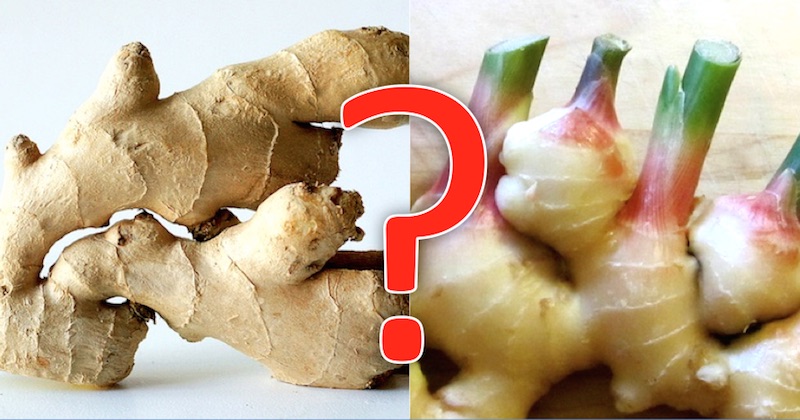Ginger has over 12 types of antioxidants and this is the main reason why it is used as an effective remedy for treating various disorders. Just like other spices, it possesses powerful anti-inflammatory properties and it is commonly used for medicinal purposes. This herb is a rich source of calcium, protein, manganese, silicon, pantothenic acid, essential oils, phosphorus, iron, folic acid, inositol, choline, vitamin C, and vitamin B3.
Ginger root is commonly used in Asian cultures. The Japanese use fresh young ginger as condiments with all their meals. The active compound in ginger is known as gingerol. In old ginger, gingerol is richer and more concentrated.
Comparing the young and old ginger root
Young ginger is pungent, fleshy, juicy, and fragrant with a mild spicy taste. Old ginger, on the other hand, is almost dry and fibrous and it has a spicier taste compared to its young counterpart.
According to a recent study, young ginger has the ability to increase the body temperature as in the case of fever while the old ginger can lower the body temperature as in the case of a cold. This is the reason why the use of old ginger is recommended when going on an extended juice feasting.
When to use old ginger
- When doing juice fasting, you need some body heat
- During winter, to heat up your body
- If you tend to feel cold most of the time, as in the case of people with hypothyroidism
When to use young ginger
- When having a fever
- During summer
- If you tend to feel warm most of the time, as in the case of people with hyperthyroidism
Ginger root is super-healthy herb and you should include it in most of your juices, not only for taste, but for its numerous health benefits!
Source: Juicing For Health
